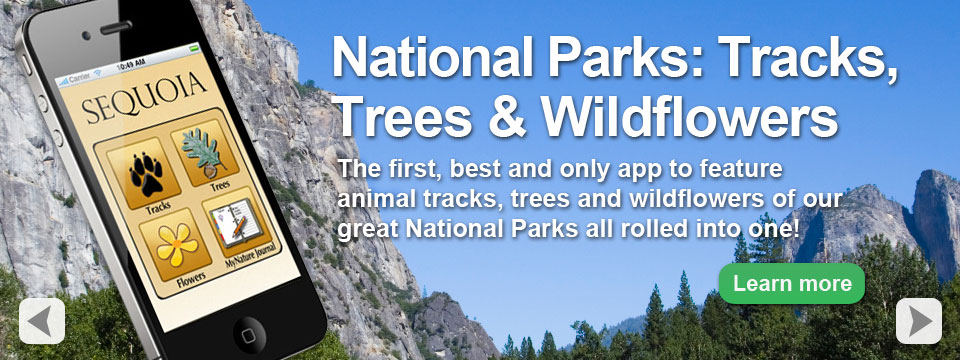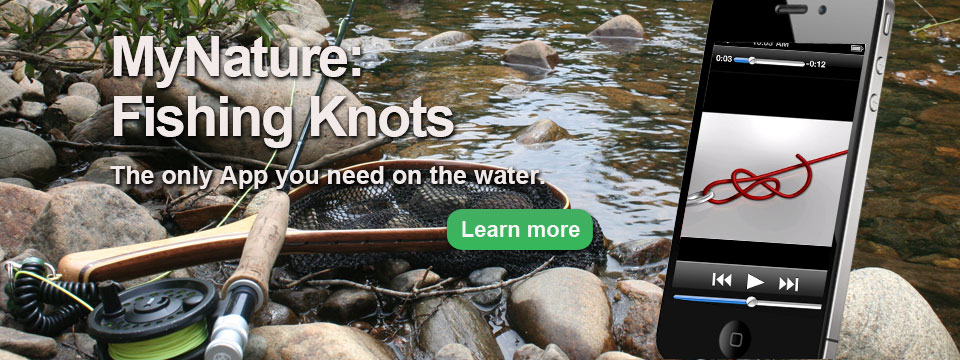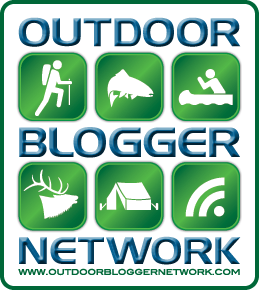Another Nature holiday has come and gone, Earth Day 2011 is over and with it our big App give away in celebration of “An Education in Nature” has ended. I have to admit I was anxious to see the results of how many people took advantage of our Earth Day special. I can honestly say I nearly fell out of the chair this morning when I saw the results, we gave a way a grand total of 6,663 apps in just a little over a 24 hour period. The statistics are to me totally unbelievable that so many apps were downloaded in 1 day. Here’s the breakdown.
- MyNature Animal Tracks 2,177 installs
- MyNature Tree Guide 2,139 installs
- MyNature Mammal Tracks 1,006 installs
- Yosemite Tracks, Trees & Wildflowers 950 installs
- Sequoia Tracks, Trees & Wildflowers 97 installs
- MyNature State Tree Quiz 294 installs
6,663 total apps installed
What makes this even more incredible is the total retail value of that final figure. On any given day our Animal Track and Tree App retail for $6.99, the new National Park Apps will be listed at $9.99 each and our Mammal Track and State Tree Quiz sell for .99 cents each. Here’s where I say Wow…… those totals have an incredible retail value give away of $41,914.53 !!!!
Now if anyone ever asks me what I did for Earth Day 2011 I can proudly smile and state that I helped 6,663 people with an “Education in Nature”.
Happy Tracking



















What Others Have to Say